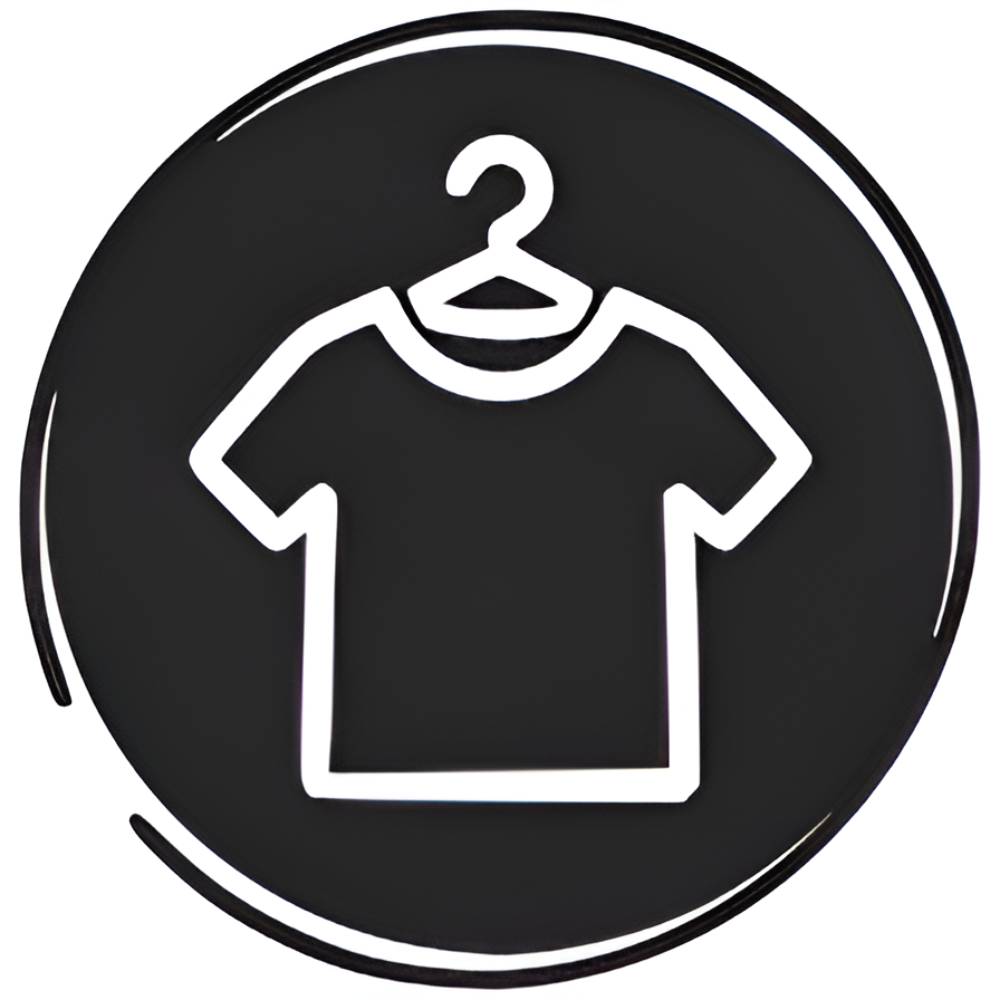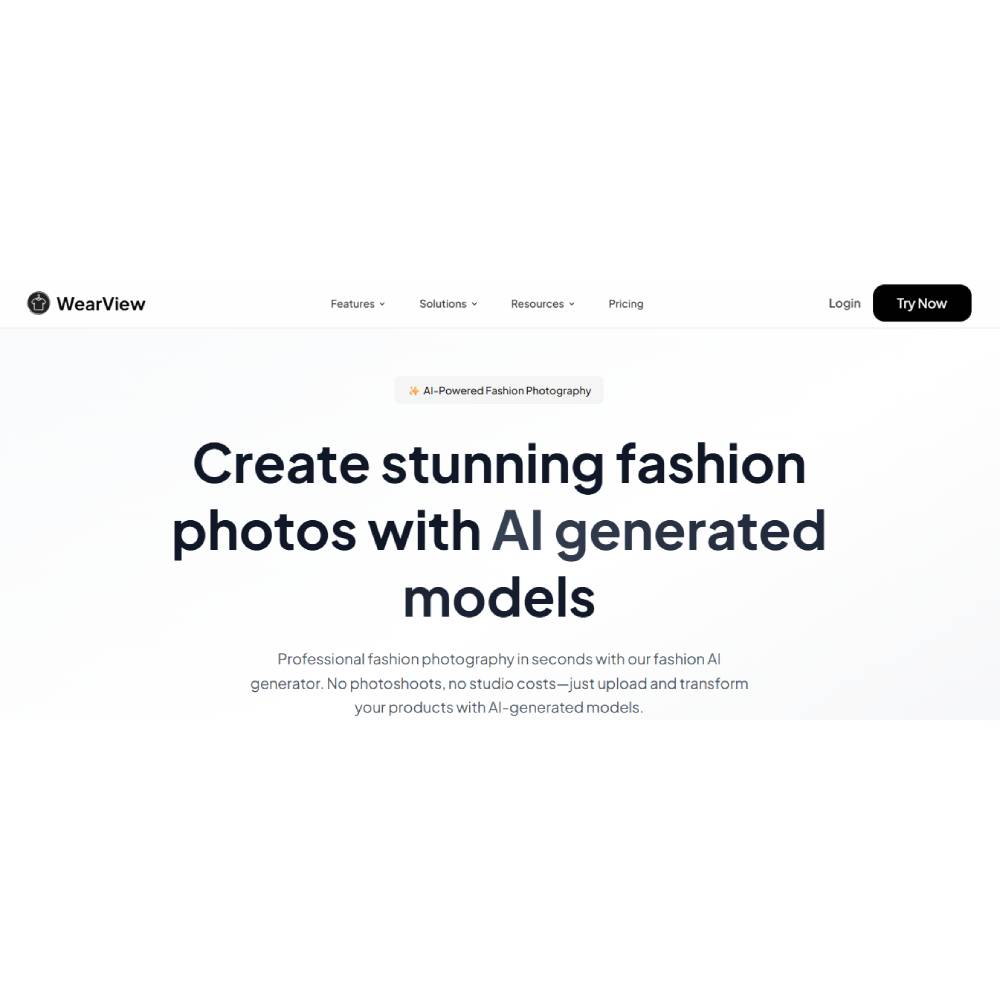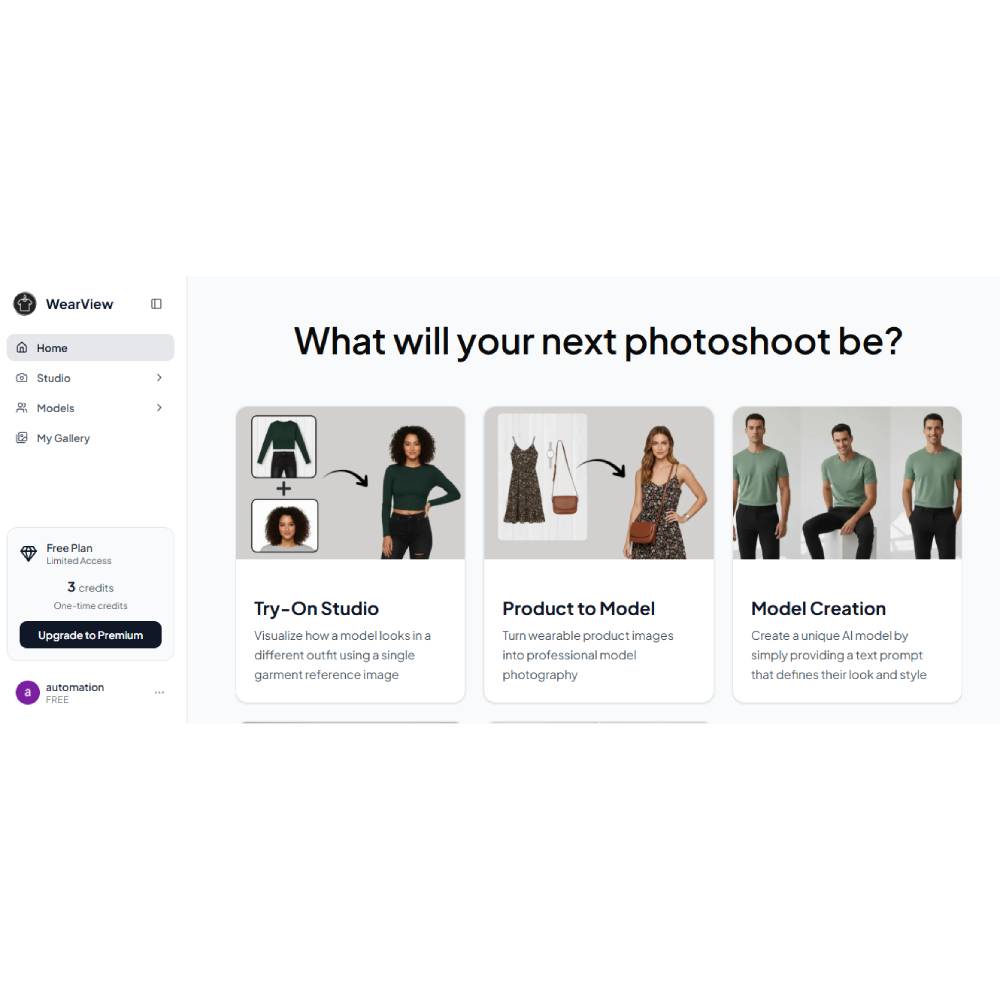


WearView – Virtual Try-On and Outfit Visualization AI Platform
WearView is a state-of-the-art AI fashion visualization and virtual try-on platform designed to revolutionize digital retail and personal styling. It allows users to preview how garments fit, drape, and move on different body types without the need for physical trials or photography sessions. The platform uses advanced 3D reconstruction and computer vision to generate photorealistic clothing overlays on real human models or avatars, ensuring precise alignment with posture, proportion, and fabric behavior. For fashion brands, WearView enables immersive online shopping by showcasing outfits on diverse models that reflect real customer body shapes. For consumers, it removes uncertainty and enhances purchase confidence by offering accurate visual feedback. WearView supports dynamic lighting, realistic texture mapping, and fabric simulation to reproduce authentic material characteristics—from silk shimmer to denim stiffness. Its intelligent AI engine also recommends size adjustments and fit alternatives based on digital body scans or photos. By merging design visualization with retail AI, WearView becomes both a creative and commercial tool, bridging the gap between imagination, design, and e-commerce.
